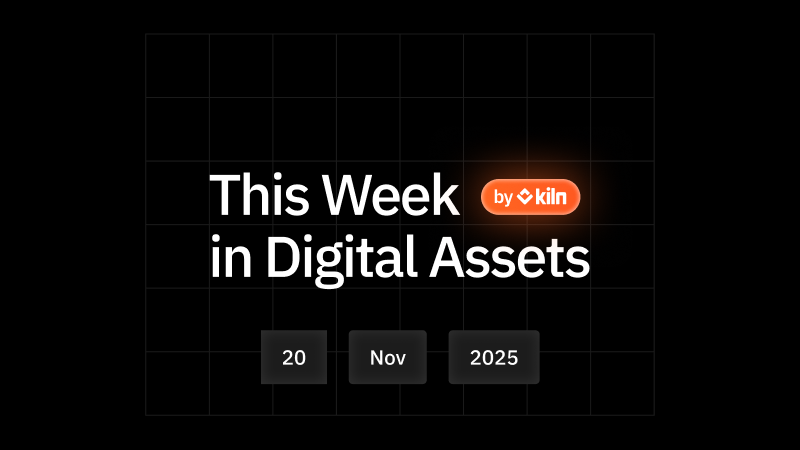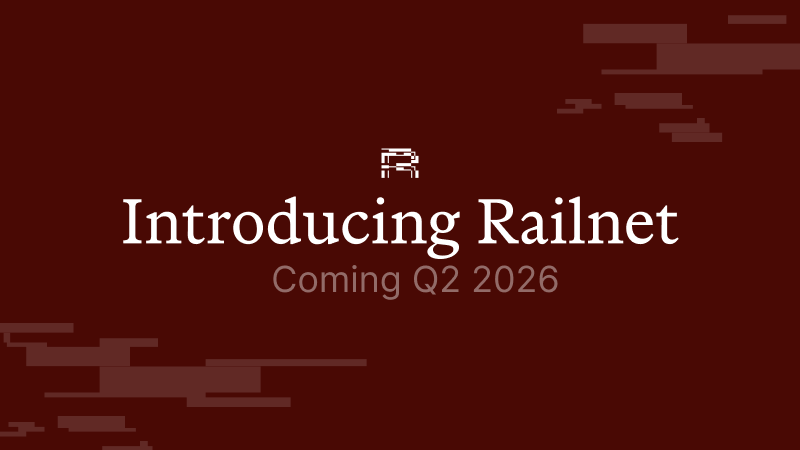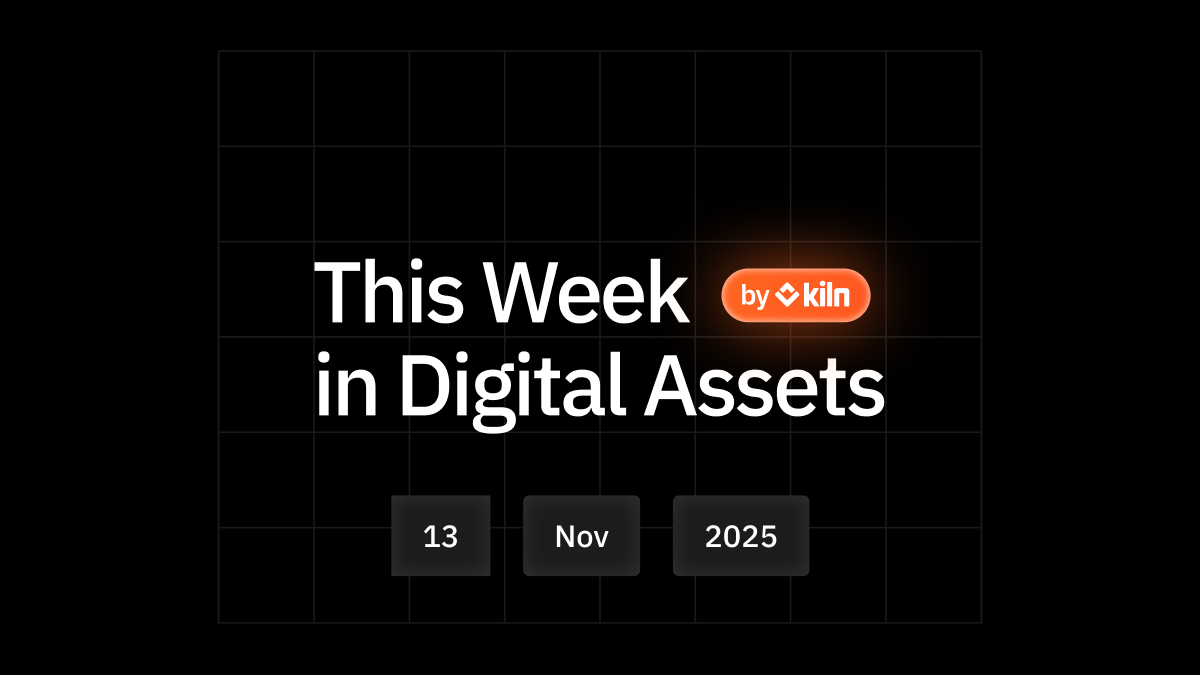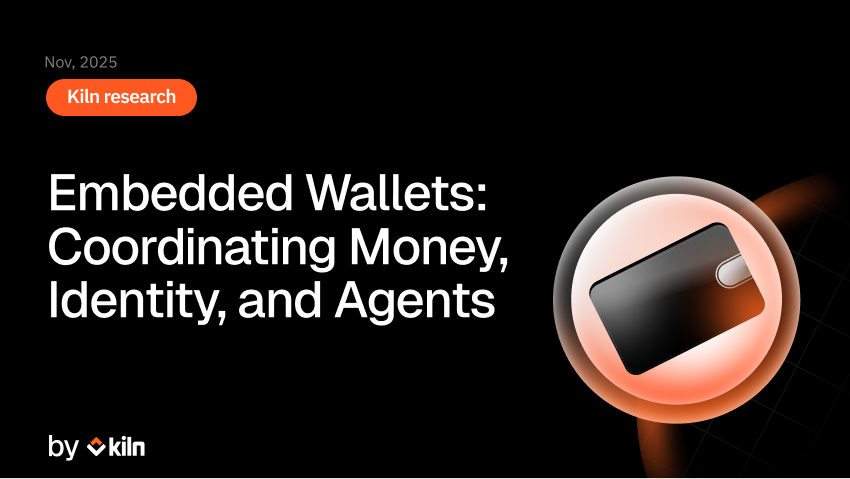EigenLayer restaking unveiled: navigating the marketplace of decentralized trust
 < Blog
< BlogBlockchain infrastructure is ever-evolving, and EigenLayer is at the forefront of this transformation. With its innovative restaking concept, EigenLayer is redefining how trust and security are managed in the blockchain ecosystem.
💡 “Eigen” means “your own” in German, giving “your own network” for EigenLayer.
This article delves into the fundamentals of EigenLayer, its unique restaking process and the benefits & challenges it presents.
The Mechanism of EigenLayer and Restaking
EigenLayer offers a novel approach that revolutionizes the use of Ethereum's Proof-of-Stake infrastructure by enabling validators to secure multiple protocols simultaneously. This model not only enhances the utility of staked Ethereum (ETH) but also diversifies the security landscape of the network through validator engagement.
“Eigenlayer acts as a marketplace for economic security and validation for builders, and it stems from the bootstrapping problem that many blockchains face in the beginning.” said Yyas Krishnan, product manager at EigenLayer that we welcomed this summer at Kiln office.
Restaking with EigenLayer allows Ethereum stakers to dedicate a portion of their existing staked ETH or liquid staking tokens to support additional protocols.
This system provides a dual benefit: stakers earn extra (re)staking rewards by managing additional jobs, and new protocols gain robust security from Ethereum's established validator pool. The result is a symbiotic relationship between the Ethereum base layer and other protocols.
The benefits of EigenLayer
EigenLayer fosters innovation by providing an ecosystem where stakers, operators, and developers can efficiently create and deploy decentralised applications (dApps). This is achieved with enhanced efficiency and reduced operational costs while also leveraging a portion of Ethereum validators' security. The shared security model enables new protocols to tap into Ethereum's established trust, thereby lowering entry barriers for emerging projects.
By creating a free market for decentralised trust, EigenLayer enables the construction of new on-chain services. These services depend on validators who take on additional tasks, such as operating oracles, and earning restaking rewards for their contributions. Opting in EigenLayer not only increases the value of staked ETH and LSTs by providing an extra incentive for staking but also strengthens the security and robustness of Ethereum’s base layer. This creates a virtuous cycle where restaking rewards complement staking rewards, enhancing the overall reward potential.
Furthermore, EigenLayer has the potential to catalyse the development of new types of decentralised applications and services, offering a more versatile and secure foundation.
Navigating the challenges and risks of EigenLayer
While EigenLayer presents numerous benefits, it is not without challenges and risks. A significant concern is the potential for power concentration among a few large validators. This scenario could undermine Ethereum’s decentralisation and social consensus, as pointed out by Vitalik Buterin.
The complexity of the restaking process also introduces security risks for protocols on EigenLayer. It adds multiple layers of interaction between different protocols, potentially increasing the risk of exploits, attacks or bugs.
Moreover, validators who opt into EigenLayer to benefit from additional staking rewards must carefully weigh their risks against potential gains. If they fail to adhere to the rules set by protocols at the EigenLayer level while managing core-Ethereum operations, they risk penalization, including slashing.
Additionally, EigenLayer's reliance on Ethereum's infrastructure implies that any issues within the Ethereum network, such as scalability problems or network congestion, could directly impact the performance and reliability of protocols dependent on EigenLayer.
Kiln's Role in EigenLayer's Ecosystem
At Kiln, we've been closely monitoring the development of EigenLayer from its inception, constantly exploring the best ways to leverage its technology for the benefit of our partners. Being an early supporter of EigenLayer positions us advantageously as it evolves and expands.
We have already guided several clients in initiating their journey with EigenLayer. Now, our goal is to extend this support to a wider user base, allowing more users to capitalize on EigenLayer's capabilities. In the coming months, we will enable our clients to opt-in their validators for managing additional tasks on EigenLayer. This will allow them to harness restaking rewards while benefiting from Kiln's robust, enterprise-grade infrastructure and our established anti-slashing strategies.
Drawing from our own operational experience with Actively Validated Services, we are dedicated to contributing meaningful feedback to the EigenLayer community.
Opportunities, what does it mean for our clients & financial institutions
While it presents challenges and risks, EigenLayer unlocks new opportunities for the blockchain ecosystem. It paves the way for more efficient use of staked assets, leading to higher rewards for validators and more robust economic models for protocols.
Furthermore, EigenLayer has the potential to drive the development of novel protocols and services. It aims to enhance existing offerings while introducing a spectrum of fresh use cases and applications.
In a broader context, EigenLayer can significantly contribute to the maturation of the Ethereum ecosystem, making it more appealing for institutional adoption. The ability to secure multiple protocols with a single staking mechanism could be a game-changer in terms of resource allocation and network efficiency, potentially attracting a wider range of stakeholders to the Ethereum platform.
Conclusion
As a pioneering advancement in blockchain technology, EigenLayer offers a compelling blend of opportunities and challenges. Its innovative restaking process maximises the utility of staked Ethereum assets and enhances network security through diversified validator engagement. This opens doors for a myriad of new protocols and services, potentially boosting the efficiency and appeal of the Ethereum ecosystem for institutional adoption.
However, these opportunities come with inherent technical and social/governance risks for EigenLayer applications, Ethereum validators and Ethereum itself. Validators face a delicate balance of weighing additional staking rewards against the risks of managing multiple protocol obligations. The success of this endeavour will depend on effectively navigating the associated risks, ensuring a balanced and secure progression of the Ethereum network and its extended ecosystem. To foster progress, Kiln is pleased to participate in this innovation as a selected operator on EigenLayer.
If you want to learn more about Eigenlayer and restaking, what better way than listening or watching the founder of EigenLayer, Sreeram Kannan, in conversation with Laszlo Szabo, CEO at Kiln, during our inaugural podcast of Kiln Rendez-vous EigenLayer - AVS Edition:
About Kiln
Kiln is the leading enterprise-grade staking platform, enabling institutional customers to stake assets, and to whitelabel staking functionality into their offering. Kiln runs validators on all major PoS blockchains, with over $2.2b of stake under management and over 3% of the Ethereum network, running on a multi-cloud, multi-region infrastructure. Kiln also provides a validator-agnostic suite of products for fully automated deployment of validators, reporting and commission management, enabling custodians, wallets and exchanges to streamline staking operations across providers. Kiln is SOC2 Type 2 certified.
About Kiln
Kiln is the leading staking and digital asset rewards management platform, enabling institutional customers to earn rewards on their digital assets, or to whitelabel earning functionality into their products. Kiln runs validators on all major PoS blockchains, with over $11 billion in crypto assets being programmatically staked and running over 5% of the Ethereum network on a multi-client, multi-cloud, and multi-region infrastructure. Kiln also provides a validator-agnostic suite of products for fully automated deployment of validators and reporting and commission management, enabling custodians, wallets, and exchanges to streamline staking or DeFi operations across providers. Kiln is SOC2 Type 2 certified.

















